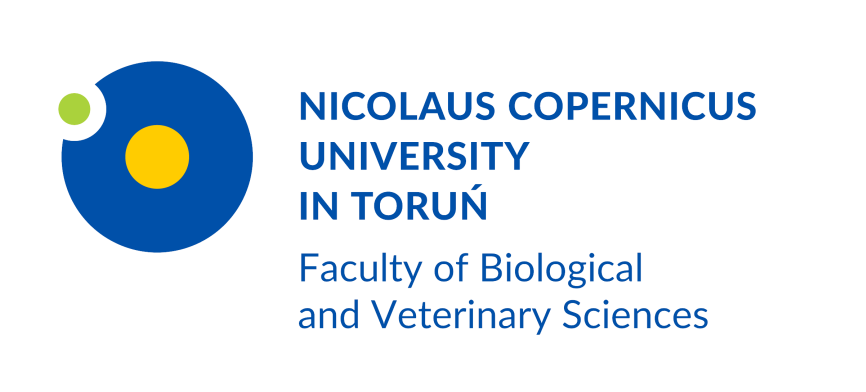Our Mission
Biology is much more than a double helix. It is the science about us, as living beings. To understand ourselves we need to know how we function and how we are embedded into the living world around us. We need to explore our evolutionary heritage and how to discover the biological resources that sustain our species.
The living world around us has fascinated humans ever since Aristotle founded natural history. Today, we are at the edge of deliberate modification and even the creation of organismal live. To do this consciously and responsible it is even more important to know: to know about the prospects and dangers of biological engineering, of environmental management, and of brain manipulation, of animal culturing, to mention only four top directions.
Even more, we need knowledge about the very basic biological processes. Our faculty offers this knowledge. We are among the top biological faculties in Eastern Europe with international expertise for instance in plant cell cultures, bioengineering, environmental management, and evolutionary ecology and biogeography. As a state laboratory in bioengineering of genetically modified organisms we run up to date facilities in cell cultures, gene expression and sequencing, and in molecular research.
History of the Faculty
Faculty of Sciences 1945-1951
The beginning of the Faculty dates back to 1945, when Nicolaus Copernicus University was established on the basis of the scientific staff of Stefan Batory University in Vilnius. Initially the University had only two faculties: Mathematics and Natural Sciences, and the Humanities. The creator of the Faculty of Mathematics and Natural Sciences and its first Dean (1945-1947) was Professor Jan Prüffer. Among the founding members were Władysław Dziewulski, Edward Passendorfer, Antoni Basiński, and Wilhelmina Iwanowska
Basic units of the newly established Faculty of Mathematics and Natural Sciences were chairs. Head of the Chair of Neurophysiology of Comparative Physiology was Prof. Dr. Janina Hurynowicz, Prof. Józef Mikulski headed the Chair of Conservation and Ecology, Prof. Mieczyslaw Limanowski headed the Chair of Geography. Initially (1947-1948) the Faculty of Mathematics and Natural Sciences counted 25 Chairs, 22 professors, 57 lecturers, and 34 technical assistants.
Faculty of biology and earth sciences 1951-2012
The Faculty of Biology and Earth Sciences was created in 1951 and contained 16 departments: Biology with Hydrobiology, General Botany, Plant Taxonomy, Plant Physiology, Zoology, Comparative Anatomy along with the embryology, Neurophysiology with physiology, Nature Protection and Health, Human Anatomy, Geology, Paleontology, Mineralogy, Geography, and Meteorology and Climatology. The turning point for the Faculty was 1969, when two institutes were created: the Institute of Biology and the Institute of Geography, acting as two independent units.
In 1973 the faculty moved to a building at the newly erected Bialany Campus. In 2006 another large new building was opened. In 2012 the Faculty divided into a Faculty of Biology and Environmental protection and a faculty of Earth Sciences. In 2016 a major renovation of two older buildings started and finished by the end of 2019. Beginning with the academic year 2019/20 the faculty once again changed his name after the newly formed Institute of Veterinary Medicine went into the faculty structure. Now the faculty is named Faculty of Biological and Veterinary Sciences divided into the Institute of Biology and the Institute of Veterinary Medicine.
Our facilities
Our faculty has 16 departments (13 in the Institute of Biology and 3 in the Institute of Veterinary Medicine) and employs more than 130 scientists. More than 800 students attend lectures in nine study directions.
We run up-to-date facilities in
- Cell cultures
- Phylogenetics
- Bioengineering
- Neurophysiology
- Molecular diagnostics
- Biogeographic modelling
- Next generation sequencing
- Genetically modified organisms
- Veterinary Medicine
We have long-lasting international expertise in
- Cell cultures
- Macroecology and Biogeography
- Phylogenetics and Evolutionary Biology
- Bioengineering
- Neurophysiology
- Molecular diagnostics
- Next generation sequencing
- Genetically modified organisms
- Cell ultrastructure
- Molecular diagnostics
- DNA – protein interactions
- Gene expression in vivo and in vitro
- Insect neuronal functioning and signal analysis

 ul. Lwowska 1, 87-100 Toruń
ul. Lwowska 1, 87-100 Toruń